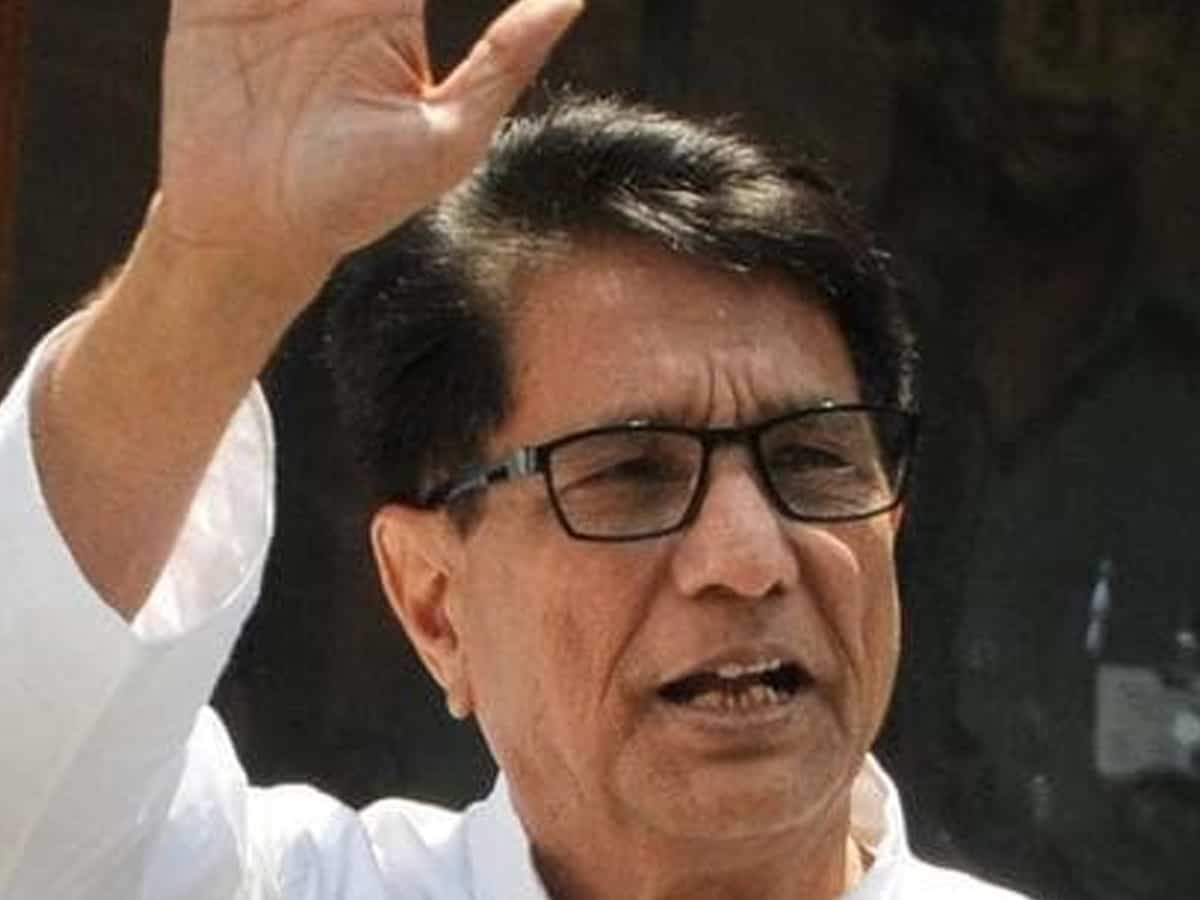
It was during the 1998 elections to the Lok Sabha that I had a chance to visit Baghpat, just around a two hour drive out of the bustling national capital Delhi.
Located in Western Uttar Pradesh, Baghpat was the citadel of Chaudhury Charan Singh, briefly the Prime Minister, but a tall leader of the farmers, specially the Jats, an influential farming community in North India.
The star attraction was to cover Ajit Singh, the Chief of Lok Dal then and later the Rastriya Lok Dal (RLD), his contribution to Baghpat and prospects of winning the election against a strong, local, BJP candidate, Sompal Shastri, who later became Union Agriculture Minister .
Me, my colleague Harish Damodaran, photographer, Kamal Narang from BusinessLine and Harvir Singh of Kharobar, took a taxi and reached the small town. We met a few local leaders from Ajit Singh Party and the BJP too.
What struck me was the general lack of development, especially in schools with decent infrastructure, roads and healthcare. We found schools without boards and hardly any teacher, there were problems of electricity and hardly any computer literacy.
I was disappointed that Ajit Singh, given his education at the IIT in India and the IIT (Illinois Institute of Technology), Chicago and more than a dozen years in the IT industry in the US, he hardly took any interest on these aspects.
After a round up of the constituency and talking to the few people, the sense we got was Ajit Singh was in for trouble. Harvir Singh was more confident about this, being from UP himself. However, I assumed that the goodwill and legacy that Charan Singh had left behind would see through Ajit Singh, despite his neglect. So our story was more non committal in the end.
When results were announced, Ajit Singh had lost both his seat and the goodwill it appeared. However, being the wily and strategic player he was, Ajit Singh managed to wrest the seat back in 1999 when elections were held again and Atal Bihari Vajpayee led BJP got the highest seats and with the NDA managed to form a Government at the Centre.
Ajit Singh was always a significant political force in New Delhi, though he commanded very few MPs or MLAs from his RLD. He got elected from Baghpat to LS for the first time in 1989. He had returned post his father’s demise in 1986; was close to VP Singh, who revolted against Rajiv Gandhi and started the Janata Dal.
A politician, who had the knack of being aligned with the ruling combination at the Centre, Ajit Singh managed to serve as a minister under, VP Singh, PV Narasimha Rao, A B Vajpayee and also Dr Manmohan Singh, over a 30 year political career.
He formed the Rastriya Lok Dal (RLD) and always managed to emerge as a strategic player in UP and national politics. An 8 time MP (once in RS) he was Union Minister in four Governments (Industry & Commerce, Food, Agriculture at the Centre). He moved from Lok Dal to Congress to forming his own RLD and allied with the NDA and UPA to be in power always.
His contributions as minister for Agriculture and industry are noteworthy while his role as a bridge to providing some stability to governments at the Centre is a political contribution of sorts, in addition to furthering his own and his party’s fortunes.
The 82 year old, tall, bespectacled politician, always wearing whites Ajit Singh passed away on May 6 due to complications from COVID19.
His political graph started declining since 2014, when the BJP under Narendra Modi and Amit Shah polarised Western UP so strong on communal lines that both he and his son Jayant Singh Choudhary lost.
They met the same fate in 2019 too, having refused to merge with BJP and fight on their own with support from the Samajwadi Party of Mulayam Singh Yadav.
Somasekhar Mulugu, former Associate Editor & Chief of Bureau of The Hindu BusinessLine, is a well-known political, business and science writer and analyst based in Hyderabad

